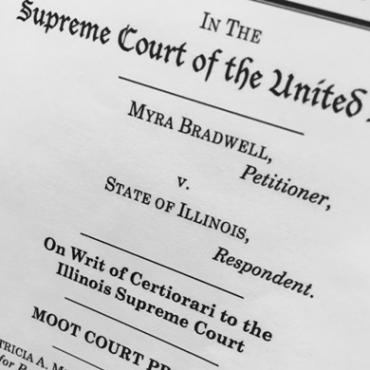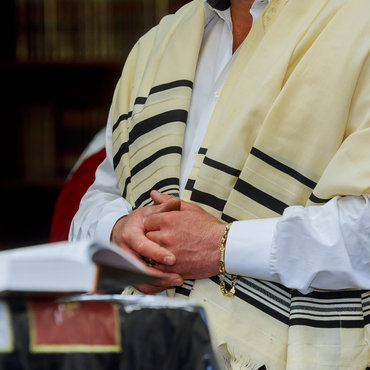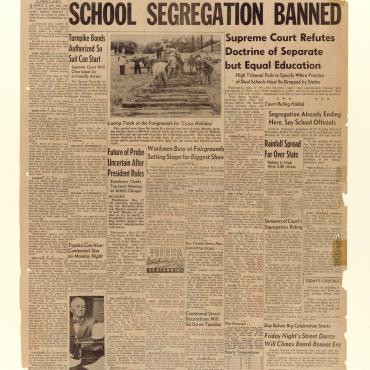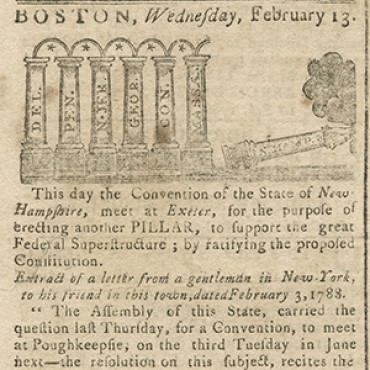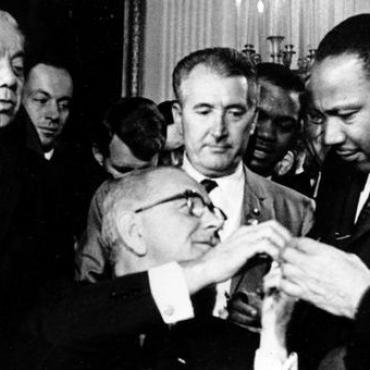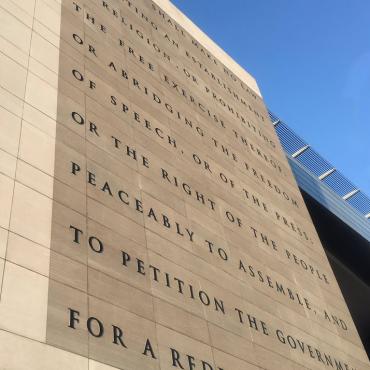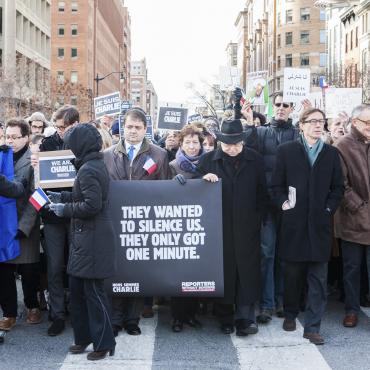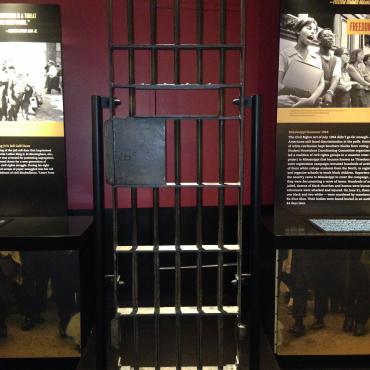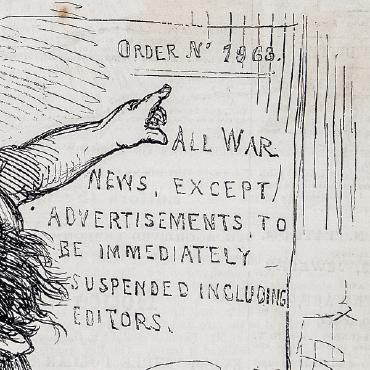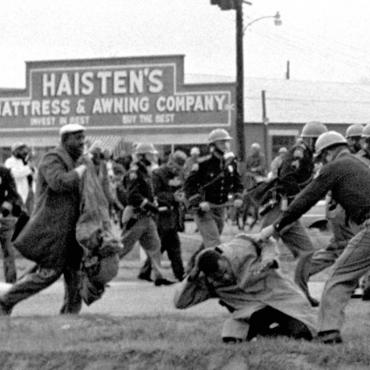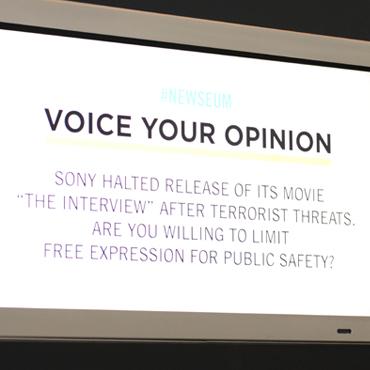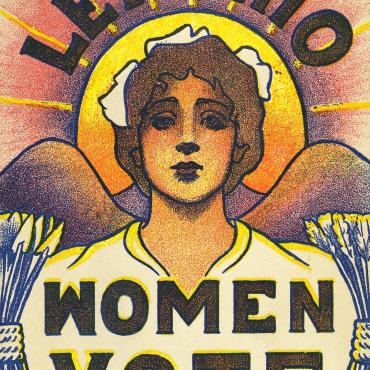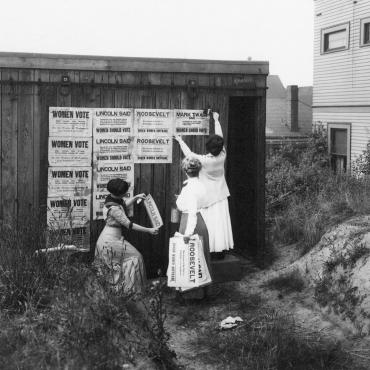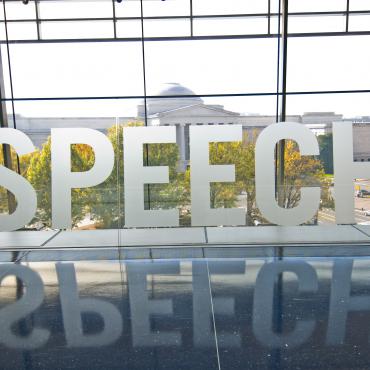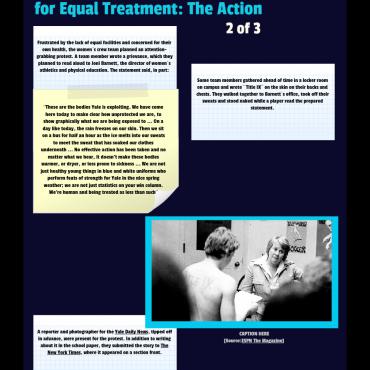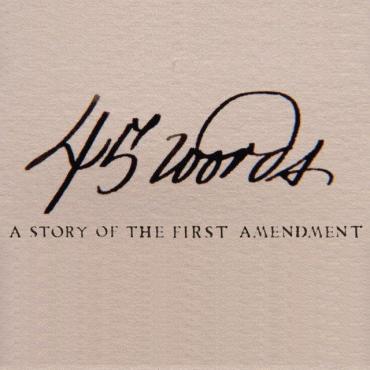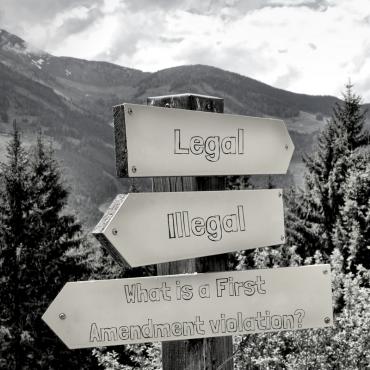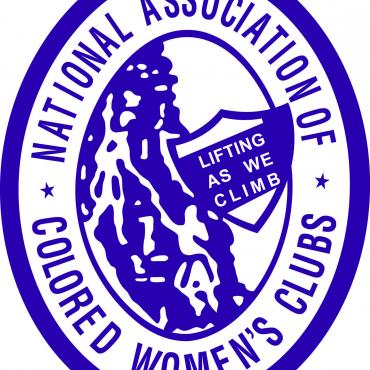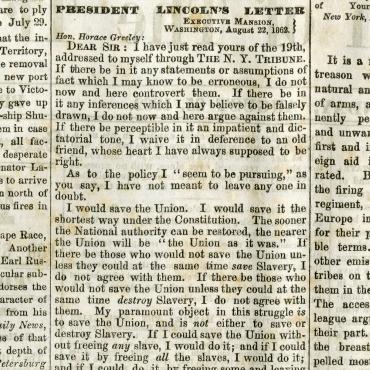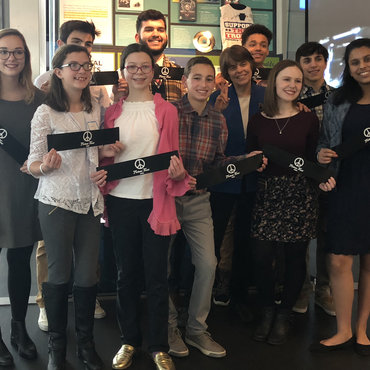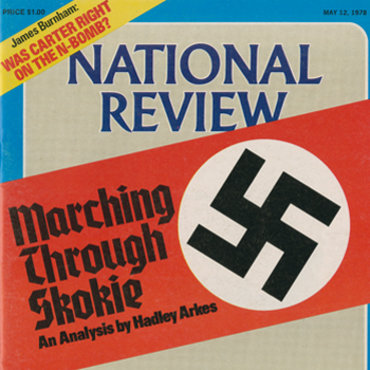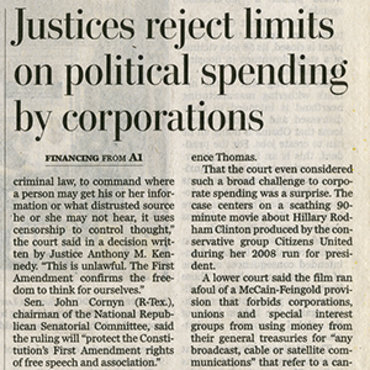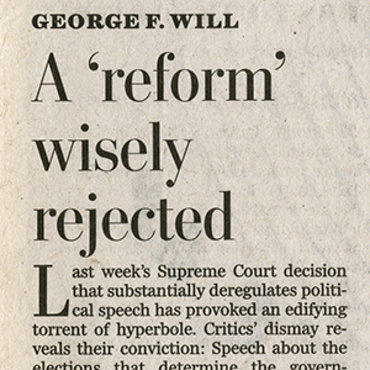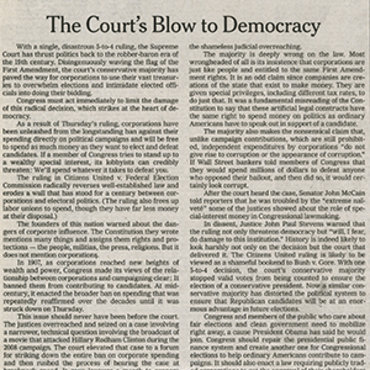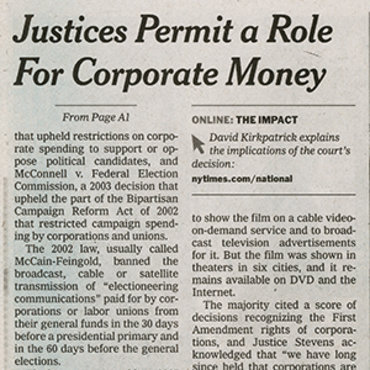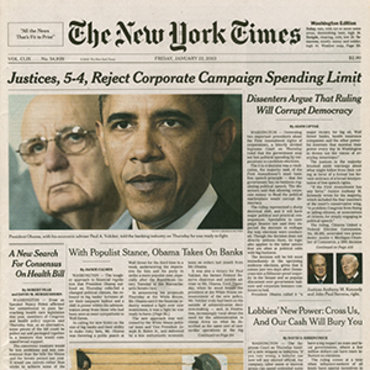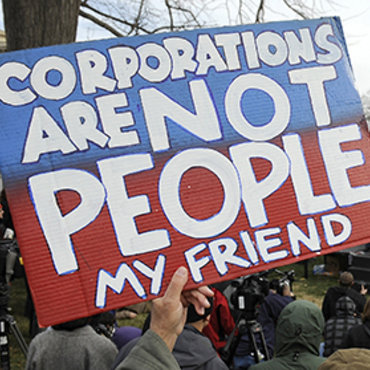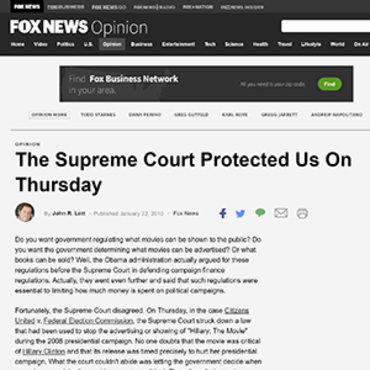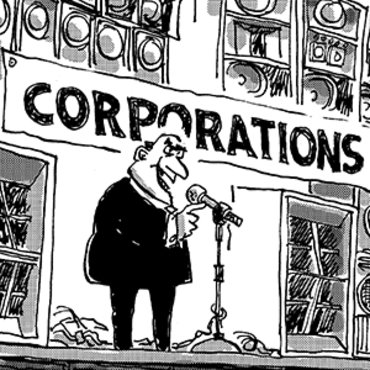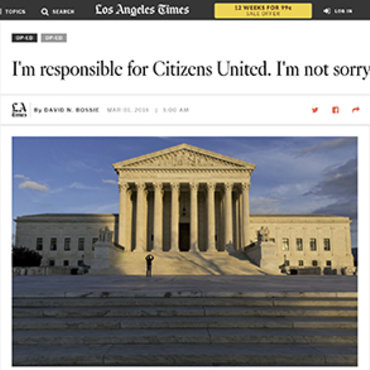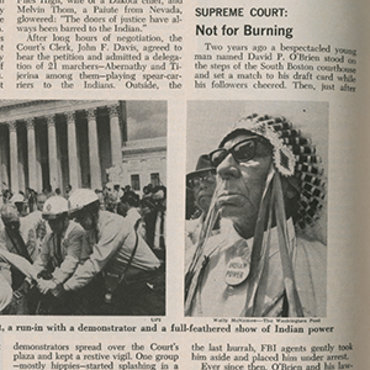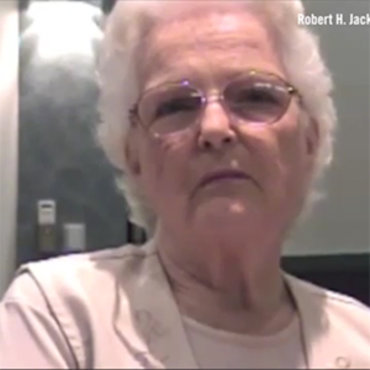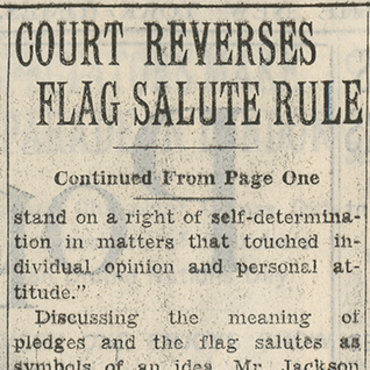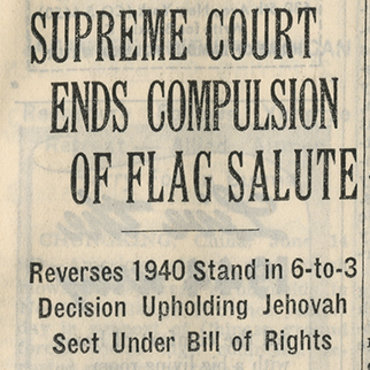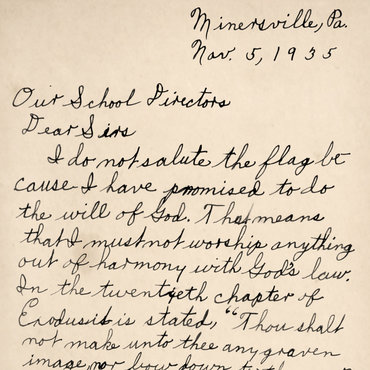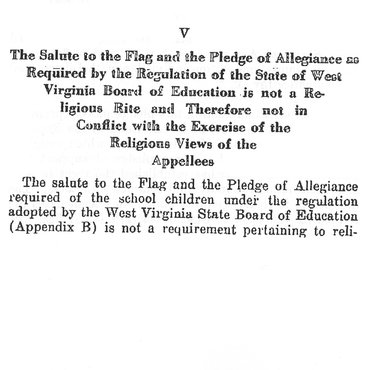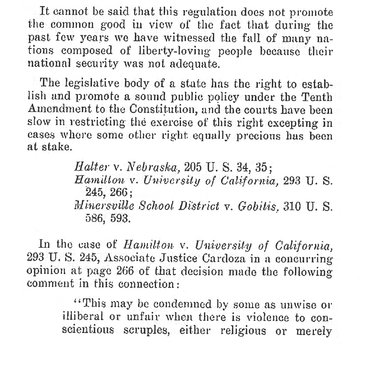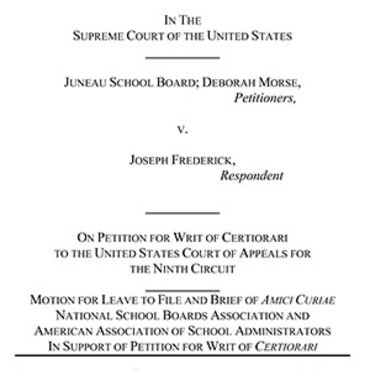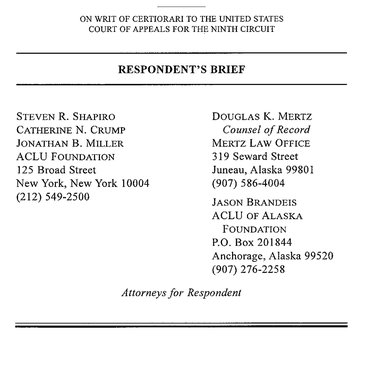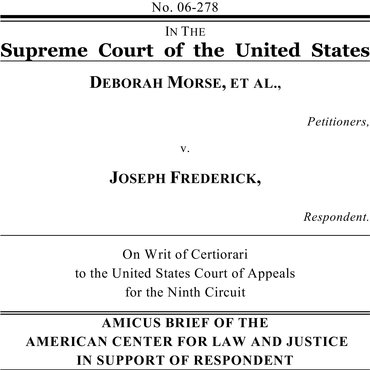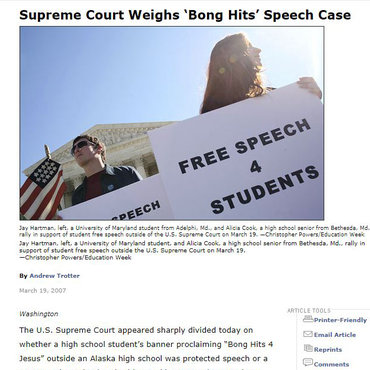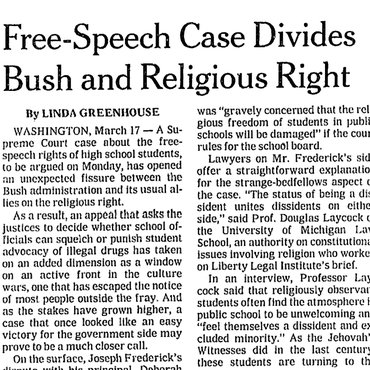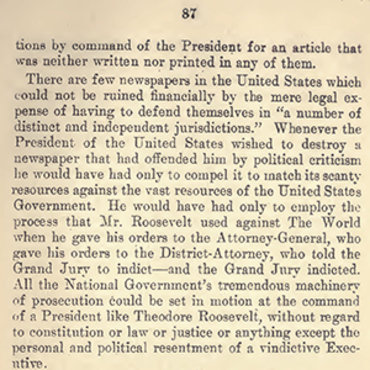Case Study: True Threats or Venting? (2015)
Elonis v. United States provides the foundation for a debate on what forms of expression on social media are and are not protected by the First Amendment — and the blurry line in-between.
Get even more great free content!
This content contains copyrighted material that requires a free NewseumED account.
Registration is fast, easy, and comes with 100% free access to our vast collection of videos, artifacts, interactive content, and more.
NewseumED is provided as a free educational resource and contains copyrighted material. Registration is required for full access. Signing up is simple and free.
With a free NewseumED account, you can:
- Watch timely and informative videos
- Access expertly crafted lesson plans
- Download an array of classroom resources
- and much more!
- Constitution
- Supreme Court
- 9-12
- College/University
- Pass out copies of the case study and have students discuss it in small groups. Tell the groups they should attempt to come to a consensus about which position they would take.
- Ask the groups to share out their choice and reasoning. Use the questions below to guide the discussion.
- True Threats or Venting handout (download), one per student or small group
- What are some arguments for his speech being protected by the First Amendment? What are some arguments against it?
- How can you tell if speech posted on social media is meant to be taken seriously? At what point should the government intervene?
- How are Elonis’s posts similar to or different from lyrics of professional rap artists?
- How could a ruling in favor of Elonis negatively impact the lives of people who are harassed and threatened online?
- How could a ruling against Elonis negatively impact online speech?
- How would you balance protecting free expression with protecting people’s lives?
